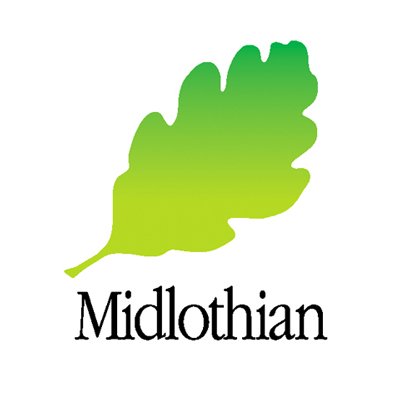The Times article on Mavisbank's Heritage Horizon Awards bid
Apr 13, 2021
The below article was published in The Times on March 29th 2021 regarding Mavisbank's bid for the National Lottery’s Heritage Horizon Awards:
Mavisbank House: Multimillion-pound plan could raise roof on ruined mansion
Jeremy Watson
Monday March 29 2021, 12.01am, The Times
A multimillion-pound rebirth is being planned for a ruined Georgian masterpiece described as the best small country home in Scotland.
Mavisbank House in Midlothian has been a roofless shell for almost 70 years. It was built in the 1720s as a retreat for Sir John Clerk of Penicuik, a wealthy merchant and prominent figure in the Scottish Enlightenment to escape the polluted atmosphere of Edinburgh.
Designed by William Adam, the leading architect, Mavisbank is one of the finest examples of a Palladian villa, with a richly decorated centre block and two side pavilions. The world’s best known Palladian building is the White House in Washington DC.
Although in a state of disrepair since a fire in 1973, the house has been listed among the seven most endangered historical sites in Europe owing to its outstanding heritage and cultural value.
Historic Environment Scotland and the Landmark Trust have applied for at least £5 million of lottery funding to help rebuild the house and restore some of the ornamental features in its 70- acre grounds.
The A-listed house, near Loanhead, narrowly lost out for funding in 2003 when it featured on the BBC’s Restoration programme hosted by Gri Rhys-Jones, a Landmark Trust ambassador. Despite making the shortlist, it lost out to an Edwardian swimming baths in Manchester.
The Mavisbank Trust, a local heritage group, said it hoped that funding from the National Lottery’s Heritage Horizon Awards would provide the base for the house’s revival with about £14 million needed in total.
Chris Lewis, a trustee, said: “Mavisbank is an extraordinary hidden gem that deserves to be better known and appreciated. It is an internationally renowned building that could become a major asset.”
The project, led by HES and supported by Landmark, called Save Mavisbank, is one of 12 pioneering projects now in the running for lottery grants, with up to £50 million available in total.
The money is likely to be spent on self-catering flats within the main building, a community facility and a public park for the area. Also incorporated would be a network of footpaths and cycleways in the River North Esk valley, with links to other attractions including Penicuik House, Rosslyn Chapel, the Bilston Glen viaduct and Dalkeith Country Park.
The Landmark Trust said: “We are in danger of losing the house and pavilions to collapse. Our hope is to restore the central pavilion as Landmark [property], enabling thousands of people to stay for holidays or visit.”
The surrounding landscape is on the national Inventory of Gardens and Designed Landscapes and contains areas of ancient woodland and high biodiversity, with huge potential, the trust said.
Dr Anna Keay, Landmark’s director, added: “Our joint plan addresses the aspirations of the Heritage Horizon scheme by preventing the derelict building from crumbling for ever.”
Behind the story
Mavisbank remained in the Clerk family for more than a century until it was sold in 1815, changing hands at least four times during the early to mid-19th century. In 1876 it was converted into a lunatic asylum — renamed New Saughton Hall.
One of the doctors was Dr Joseph Bell, who would inspire Arthur Conan Doyle’s Sherlock Holmes. It shut after the Second World War.
In the 1950s it was sold to a car dealer, Archie Stevenson, and its forecourt was turned into a scrap metal yard and car park.
A fire in 1973 destroyed much of what was left of the house and Stevenson was evicted in 1986.





